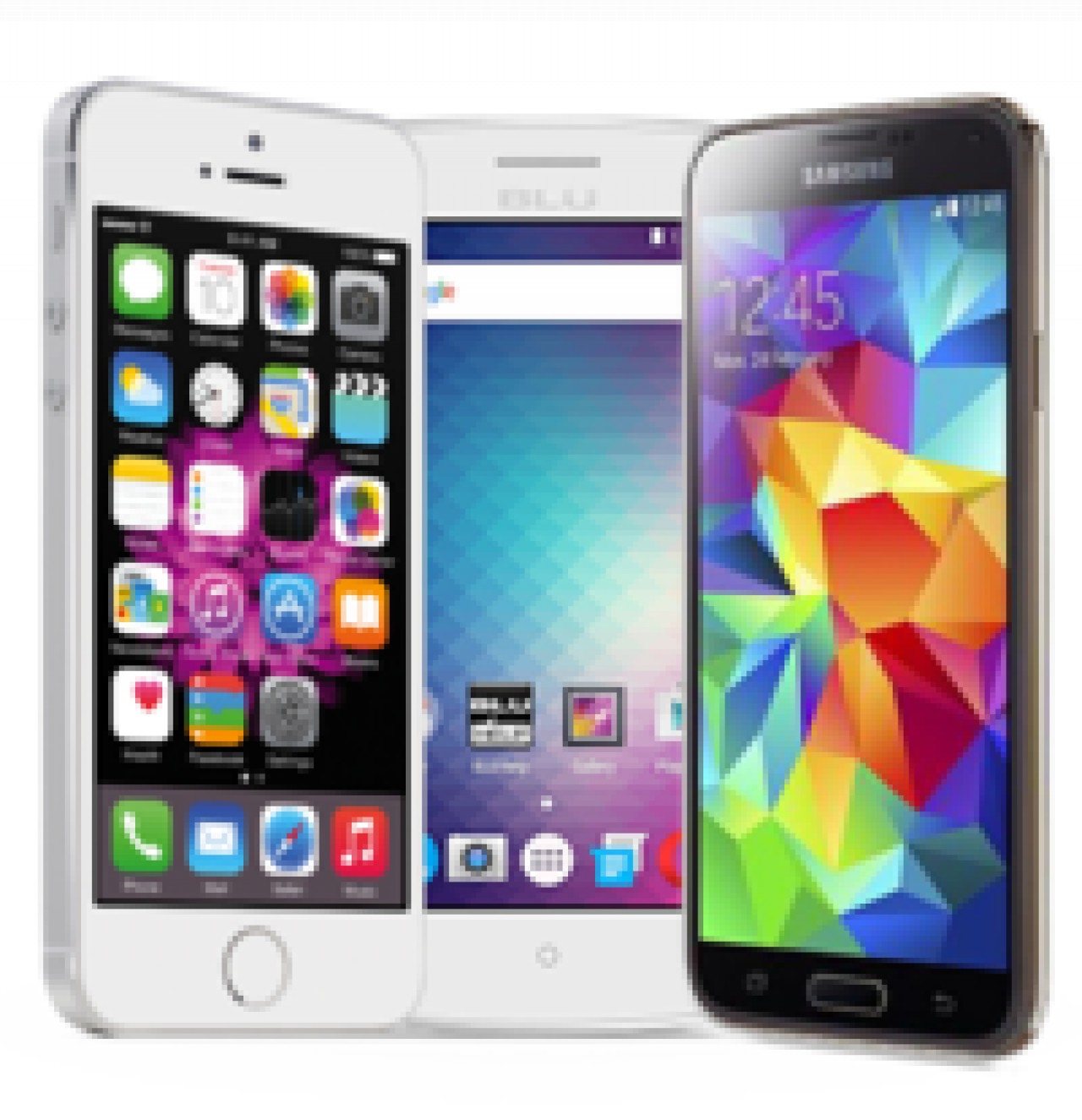 Apps for Hikers & Runners
Apps for Hikers & Runners
Remember the good old days of fumbling with an OS map in a howling wind, then trying to locate the compass in one of your jacket’s many pockets (only to realise it's embedded firmly at the bottom of your rucksack…)? Remember too the early heart rate monitors that ate batteries, were clunky and didn’t seem to work reliably for more than a few weeks before they’d start to provide inaccurate readings that were off the charts?
Fond memories, indeed! Whilst the growing adoption of digital technologies by those heading out to enjoy the outdoors does remain a little contentious in certain circles, the pitch made by purists that hiking and running should remain tech-free, uncomplicated pursuits is less and less persuasive. Times have changed. Using technology increasingly enhances the outdoor experience, providing opportunities to enhance safety, improve communication with others, analyse performance and share information with other enthusiasts.
Today hikers and runners can choose from a plethora of different gadgets that promise to make the task of navigation and tracking performance much easier, and with far greater accuracy than we could have ever imagined. Devices have evolved in leaps and bounds in recent years and, thankfully, they are generally much more easy to use.
Gone are the days of assiduously studying manuals and pouring over FAQs and troubleshooting guides to have your new toy perform the simplest of tasks: today’s tracking tools are far more intuitive and designed to be put into action straight after you’ve downloaded them.
It’s understandable that many might be a little wary of buying a dedicated GPS tracker, altimeter watch or fitness band if they’re still unsure they’ll use it enough to justify the outlay. A good option therefore can be downloading one or more of the specialised apps available for smartphones and tablets and replicate much of the functionality you’d find on customised, sport-specific devices.
If you then find the feedback the app provides insightful, this can then help inform your view if you decide to go ahead and purchase a dedicated device. Smartphones and tablets are likely to be devices with which you are already very familiar. The utility and ubiquity of these devices is such that they travel with us almost everywhere: as such, taking them on a run or a hike hardly appears a burden. Indeed, for safety’s sake it’s a good idea to have a phone with you in case of an emergency, or simply to contact others to let them know of your progress or changes to an itinerary.
With the range of different apps for navigation, fitness and performance logging expanding by the day, the oft-repeated cliché of ‘there’s an app for that!’ increasingly proves ever more an appropriate adage. Yet the huge selection can make finding the right one just a little daunting, as there’s nothing worse than a phone clogged full of useless, memory hogging apps that take an eternity to delete. Fret not, however! We’ve been busy testing the most promising apps to save you the torment and frustration of endless downloads that don’t quite cut the mustard!
Easily the most useful for those heading outdoors are the navigation apps on offer from a number of developers. For the UK and the rest of Europe ViewRanger is the best digital mapping guide to the outdoors, with powerful GPS navigation features and assistive tech to make route finding simpler. Ordnance Survey also offer an app on both the iOS and Android platforms, but it’s not quite as easy to use as ViewRanger’s offering on the different mobile platforms. Other apps that we’ve found useful include Hill Lists, Mountain Steps UK, Outdoors Great Britain and Peak Scanner.
Most of the most useful fitness apps available for phones and tablets are also tracking tools — they allow you to log exercise sessions, count calories and collect stats about your hikes, runs and bike rides: this is a great way to gauge how you’re improving over time. Strava is the most well-established of all the fitness trackers on iOS and Android and has a mind-boggling array of different features; in addition to GPS-related tracking there are also many great social network features that allow you to share your progress with friends (and workout rivals!).
A handy feature is the record of different trail routes and typical times posted for circuits, which can prove very helpful when gauging the pace for your run, hike or ride. If you’re looking for a running-specific app to log your daily activity we’d also recommend Runkeeper — it’s a bit less daunting for newbies for whom Strava might seem overly complex, but has all of the functions you’ll need to start tracking and analysing your running regime. Other good apps for runners that we like are MapMyRun and Runtastic.
Whilst for runners and hikers weight is obviously an important consideration, one shouldn’t skimp on ensuring that your phone or tablet is adequately protected from knocks and scrapes and, just as importantly, from the elements. There are many different brands offering housings and protective cases to safeguard your device — amongst our favourites are those offered by Pelican and Otterbox: these two manufacturers have developed the most reliable protection in terms of anti-shock and waterproofing capabilities. Whilst a decent case isn’t cheap, a new phone is a lot more costly!
For those of you ready to make the leap, next month we’ll give our recommendations for the best value dedicated fitness, navigation and tracking devices, and explain how you can get the most out of using these pieces of equipment in the great outdoors.
Download the latest apps to your phone before your next walking holiday or trail running adventure in the mountains! Check out our full range of mountain holidays on our website; www.tracks-and-trails.com
